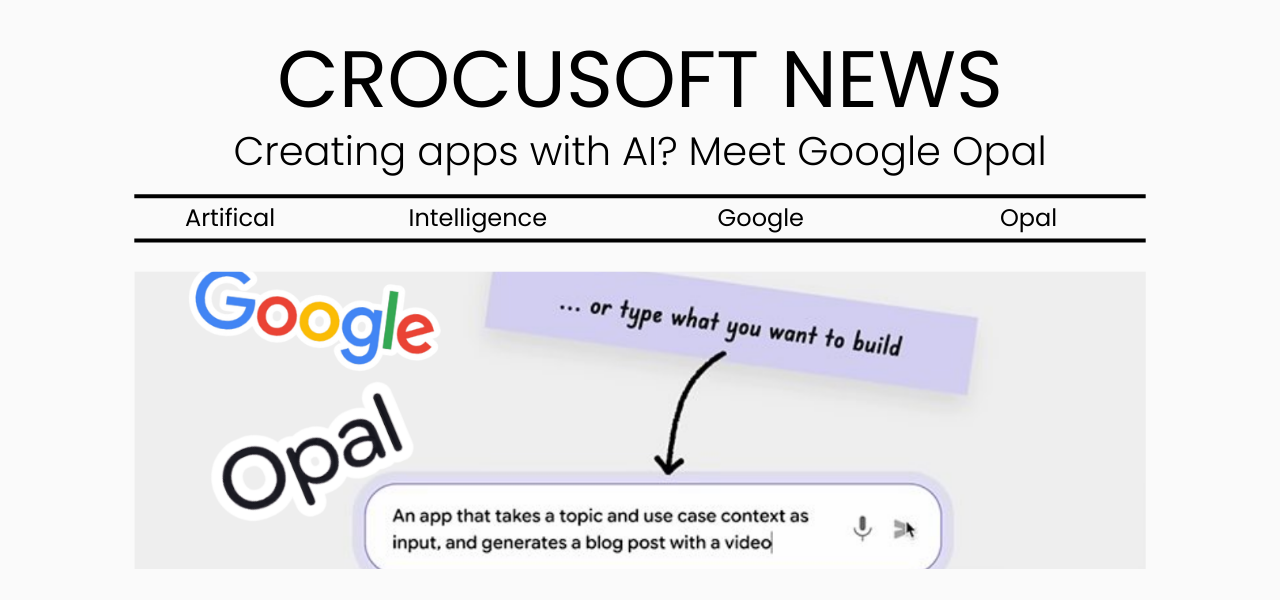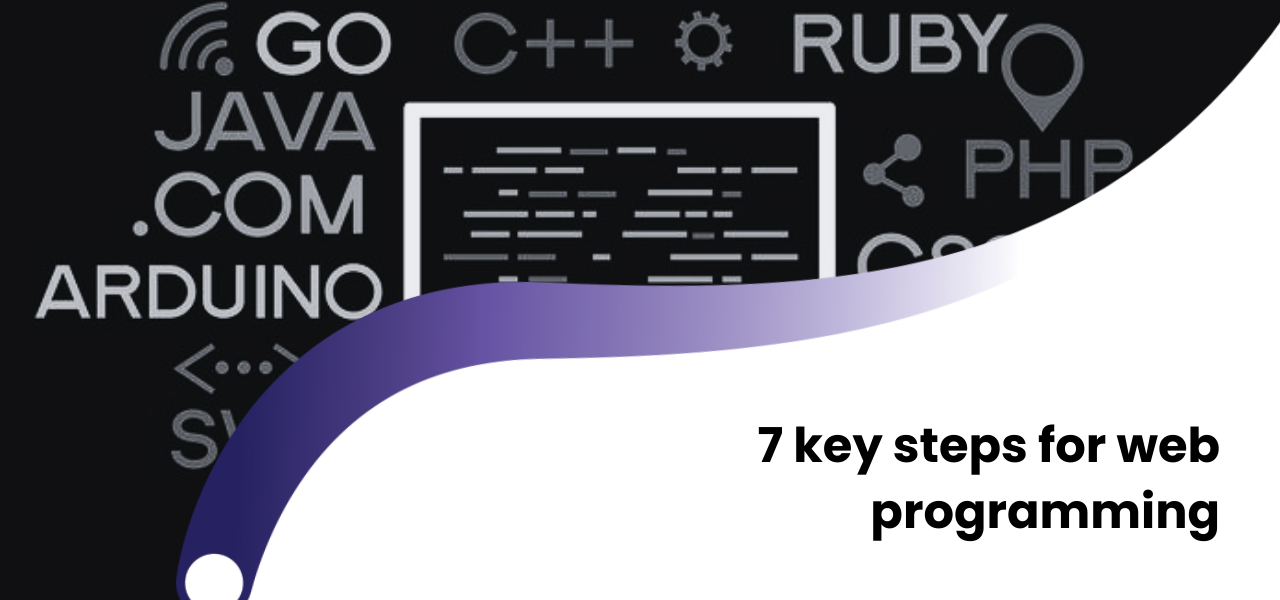Today, nearly every tech company integrates artificial intelligence tools into their coding processes, and this approach is rapidly gaining popularity. One of the latest trends is called “vibe-coding” – a concept that aims to make coding more creative and intuitive.
Google is one of the companies that has introduced its own tool in this direction. In line with the vibe-coding concept, the company has launched an AI-powered tool called Opal, currently available to users as an experimental version.
Opal allows users to build AI-powered mini applications through simple text prompts. In addition, users can take advantage of Google’s powerful models and pre-designed templates from the gallery to build workflows more quickly and easily.
Some of Opal’s Key Benefits:
Workflow Management
When developing software, programmers go through many steps, also known as workflows. Opal’s main goal is to simplify and visualize these steps as much as possible. Users can simply describe their objective, and Opal builds the application based on that input.Easy Editing
Making changes to the created app’s visuals is extremely simple. Using the visual editor, you can easily modify steps or enhance prompts. This tool allows for effortless updates and prompt customization.Sharing
Once your application is ready, you can easily share it with others. They can immediately start using it with their own Google account.As mentioned earlier, one of Opal’s biggest advantages is that no code or programming knowledge is needed.
At the same time, it’s worth noting that many companies like Canva and Figma have also ventured into this space. Google is entering the market with Opal as a competitor to these platforms.
 +994512060920
+994512060920





